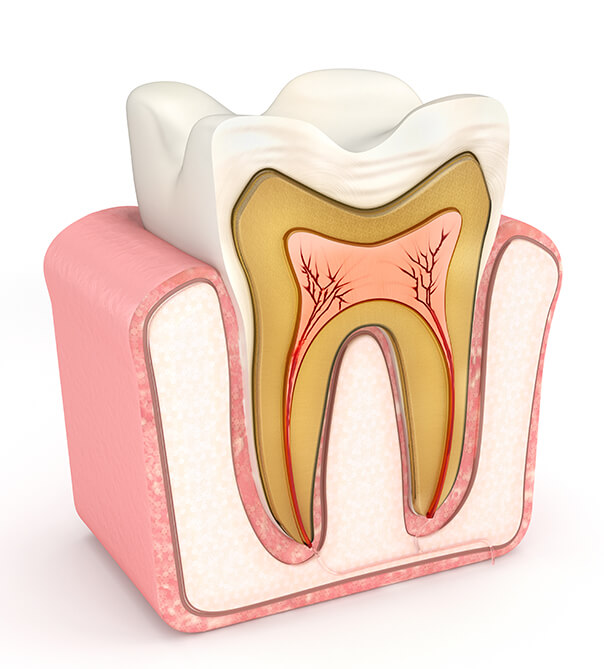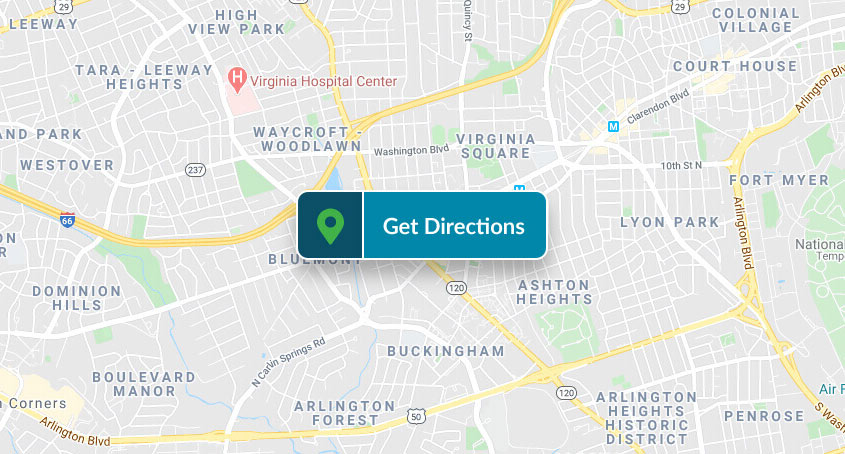High-Gentle Root Canal Treatment
in Arlington, VA
If a tooth incurs tooth decay or trauma that results in an infection inside the tooth, a root canal will need to be scheduled to prevent the infection from spreading and causing complications. Dr. Matney is skilled and experienced when it comes to performing gentle root canal procedures that treat tooth infections efficiently and with minimal discomfort. To learn more or to schedule an appointment with our team, feel free to give our office a call or send us a message.





